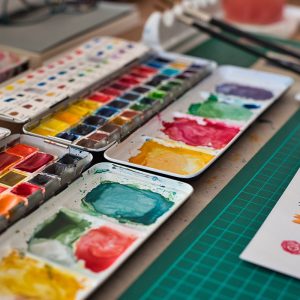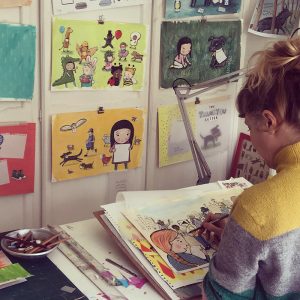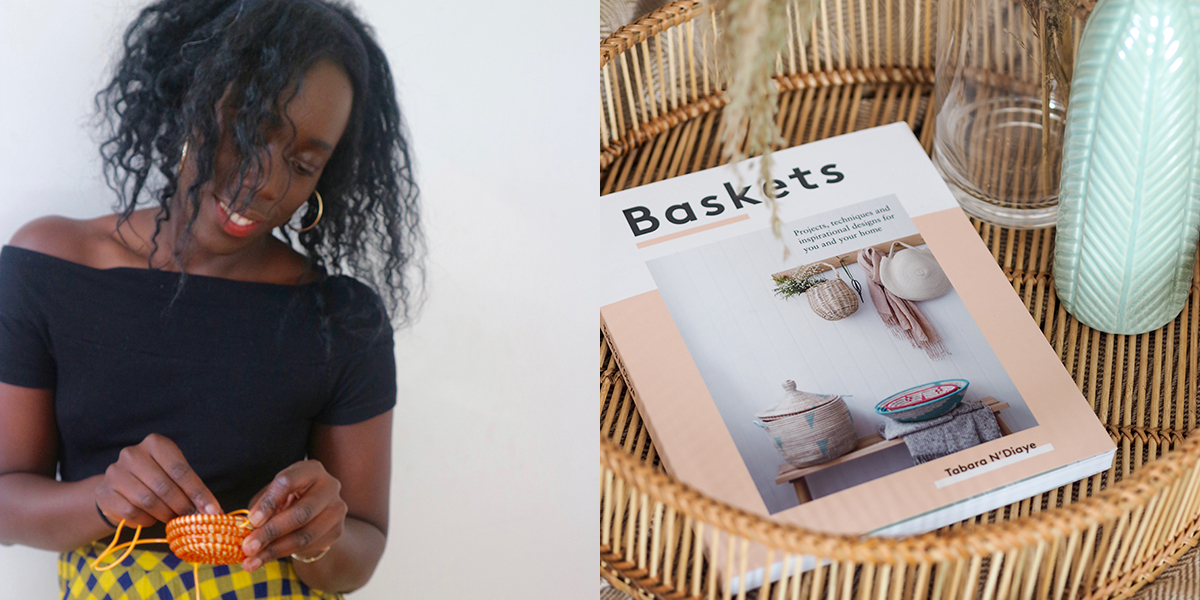Simone de Beauvoir was a French philosopher and writer, born into an upper-class bourgeois catholic family in Paris. As a child she wanted to become a nun, but as a teenager she lost her faith. De Beauvoir was intellectually precocious; her proud father said of her: “Simone thinks like a man.”
Her parents didn’t have enough money for her dowry, which is why she was allowed to study (literature, mathematics and philosophy at Sorbonne University in Paris, France) so that she would be able to provide for herself. In 1929, de Beauvoir began a relationship with French philosopher and writer Jean-Paul Sartre, but they never married. They did make a pact, however: they were free to take other lovers, but were not allowed to marry them. This worked out… for 51 years.
De Beauvoir was bisexual and, in 1943, she was fired from her teaching job for having seduced an underage (female) pupil. Now she could devote herself to writing. She believed things going wrong in life were a good foundation for literature. ‘One is not born, but rather becomes, a woman’ is a well-known quote from her book The second sex (1949). Here she advocates economic independence for women, writing that differences between men and women are not natural, they are the result of upbringing and society. This book was one of the things that hailed her as the inspiration for the second feminist wave.
The basis of de Beauvoir’s work was existentialism, a philosophy and literary movement which emphasizes individual freedom: each person is alone and completely responsible for their own actions, by which they make their own character.
The pact between Sarte and de Beauvoir was nearly undermined by her affair with American writer Nelson Algren. Her 1954 novel The mandarins – for which she won the Prix Goncourt – is about their relationship.
De Beauvoir died aged 78 of a lung infection and lies buried beside Sarte in the Montparnasse cemetery in Paris, France.
- Find the full illustration about Simone in Issue 33.
Text Caroline Buijs Illustrations Deborah van de Schaaf












